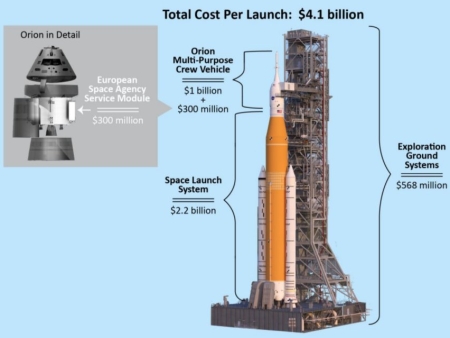Astra completes investigation into February 10th launch failure
Capitalism in space: Astra today released the results of its investigation into its February 10th launch failure, confirming that the failure occurred because the improper separation of the fairings on the upper stage.
Through their analysis, Astra confirmed that the payload fairing on LV0008 failed to separate properly prior to upper stage engine ignition due to an electrical issue. The five separation mechanisms that are present in the Rocket 3 fairing were triggered in an incorrect order, resulting in unexpected fairing movement that caused a disconnection in the electrical wiring. This meant that one of the five separation mechanisms did not receive the command to open, thereby preventing the fairing from separating completely.
Upon further investigation, Astra narrowed the root cause of the fairing separation issue down to an error in the electrical harness engineering diagram for the separation mechanisms. The harness was built and installed as specified by the drawing and installation procedures, but an error in the drawing itself led to two of the five harness channels being inadvertently swapped.
In addition, the company identified a software problem “that left the upper stage engine, Aether, unable to utilize its thrust vector control (TVC) system – which allows the engine to gimbal and maneuver the vehicle.”
The company states that both issues have been corrected, and is now targeting March 13 for its next launch, taking place from Kodiak, Alaska, and only carrying a test dummy payload that will not be released from the upper stage. Thus, this test launch will be similar to the company’s only orbital launch on November 19, 2021.
Astra’s fast investigation, fix, and determination to launch again quickly speaks well of the company. Why however it doesn’t test its deployment system with a dummy satellite on this next test launch is somewhat puzzling, especially since it would be very easy to release that dummy into an orbit that quickly decays and burns up in the atmosphere.
Capitalism in space: Astra today released the results of its investigation into its February 10th launch failure, confirming that the failure occurred because the improper separation of the fairings on the upper stage.
Through their analysis, Astra confirmed that the payload fairing on LV0008 failed to separate properly prior to upper stage engine ignition due to an electrical issue. The five separation mechanisms that are present in the Rocket 3 fairing were triggered in an incorrect order, resulting in unexpected fairing movement that caused a disconnection in the electrical wiring. This meant that one of the five separation mechanisms did not receive the command to open, thereby preventing the fairing from separating completely.
Upon further investigation, Astra narrowed the root cause of the fairing separation issue down to an error in the electrical harness engineering diagram for the separation mechanisms. The harness was built and installed as specified by the drawing and installation procedures, but an error in the drawing itself led to two of the five harness channels being inadvertently swapped.
In addition, the company identified a software problem “that left the upper stage engine, Aether, unable to utilize its thrust vector control (TVC) system – which allows the engine to gimbal and maneuver the vehicle.”
The company states that both issues have been corrected, and is now targeting March 13 for its next launch, taking place from Kodiak, Alaska, and only carrying a test dummy payload that will not be released from the upper stage. Thus, this test launch will be similar to the company’s only orbital launch on November 19, 2021.
Astra’s fast investigation, fix, and determination to launch again quickly speaks well of the company. Why however it doesn’t test its deployment system with a dummy satellite on this next test launch is somewhat puzzling, especially since it would be very easy to release that dummy into an orbit that quickly decays and burns up in the atmosphere.





